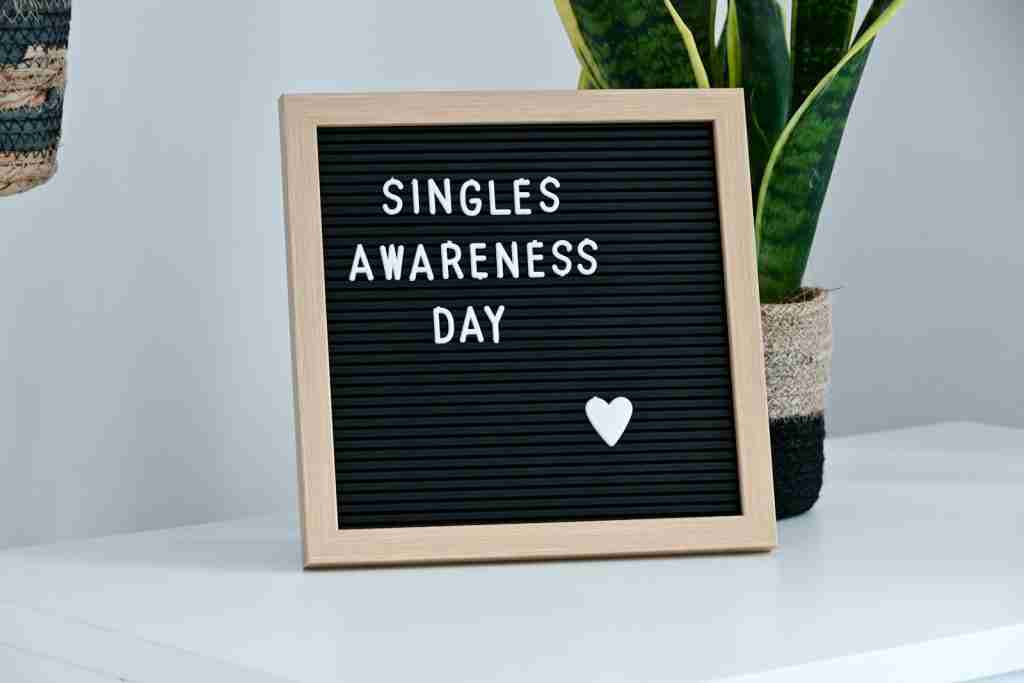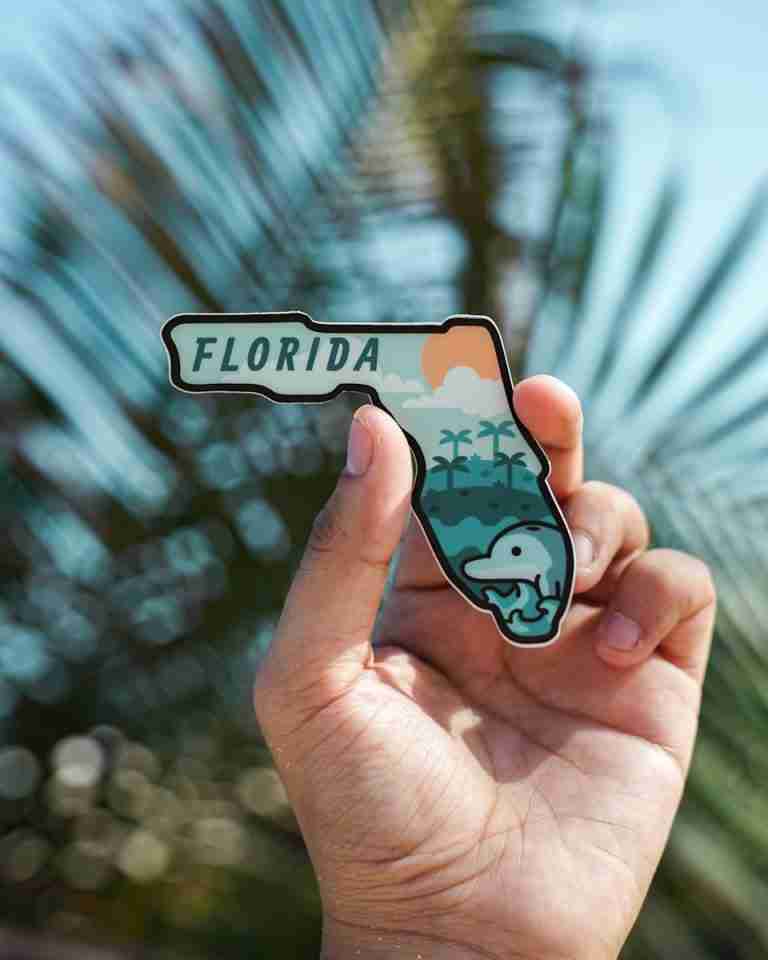22 Fun Facts About Valentine | Love Myths and Legends
1. The oldest known Valentine’s message dates back to 1415.
One of the earliest recorded Valentine’s messages was a poem written by Charles, Duke of Orleans, to his wife while he was imprisoned in the Tower of London after the Battle of Agincourt. This historic note is preserved in the British Library in London, showcasing early expressions of romantic love.
Charles’s poem is often cited as the beginning of the tradition of sending love notes on Valentine’s Day. This tradition has endured and grown, becoming a key aspect of the holiday.
2. The “X” in “XOXO” for kisses has historical roots.
The “X” symbol in “XOXO,” representing kisses, has roots in medieval times when people who couldn’t write signed documents with an “X” and kissed it to show sincerity. This practice has evolved into a symbol of affection commonly used in Valentine’s Day messages.
Interestingly, the “X” was chosen because it represented a cross, a sacred symbol, and the kiss added a personal touch. This blend of tradition and affection has carried through to modern Valentine’s Day practices.
3. The first heart-shaped box of chocolates was introduced in 1861.
Richard Cadbury, son of John Cadbury, the founder of the famous British chocolate company, created the first heart-shaped box of chocolates for Valentine’s Day in 1861. This innovation quickly became a beloved tradition and remains a popular gift choice.
The heart-shaped chocolate box symbolizes love and indulgence, adding a sweet touch to Valentine’s Day celebrations. It has inspired countless variations and continues to be a staple gift.
4. Valentine’s Day was originally a pagan festival.
Before it became synonymous with romance, Valentine’s Day started as a pagan festival known as Lupercalia. Celebrated on February 15, Lupercalia was a fertility festival dedicated to Faunus, the Roman god of agriculture. The festival involved rituals where men would sacrifice goats and dogs, then use the hides to whip women, believing it would make them more fertile.
Over time, as Christianity spread, the festival was replaced with a celebration to honor Saint Valentine, transforming Lupercalia into the romantic holiday we know today. This shift highlights how traditions evolve over centuries.
5. Valentine’s Day is not just for couples; it’s also for self-love.
Many people use Valentine’s Day as an opportunity to practice self-love and self-care. This can include treating oneself to a special meal, indulging in a favorite hobby, or simply taking time to relax and unwind.
Celebrating self-love on Valentine’s Day emphasizes the importance of personal well-being and happiness, reinforcing that love starts with oneself.
6. In the Philippines, Valentine’s Day is a popular day for mass weddings.
Thousands of couples in the Philippines participate in mass weddings on Valentine’s Day. These events are often sponsored by the government or local organizations to help couples formalize their unions, turning the holiday into a significant social event.
This tradition underscores the communal and celebratory aspects of Valentine’s Day in the Philippines, emphasizing love and togetherness on a grand scale.
7. Flowers have special meanings on Valentine’s Day.
Roses are the most popular Valentine’s Day flower, symbolizing love and passion. Different colors of roses convey different meanings: red for love, pink for admiration, and yellow for friendship. This tradition enhances the romantic spirit of the day.
Besides roses, other flowers like lilies, tulips, and carnations are also popular choices, each carrying its unique symbolism and adding to the holiday’s beauty.
8. Teachers receive the most Valentine’s Day cards annually.

It might surprise you, but teachers receive the most Valentine’s Day cards each year, surpassing even romantic partners. Students often express their appreciation and affection through handmade cards, reflecting the broader scope of Valentine’s Day.
This tradition highlights how Valentine’s Day extends beyond romantic love to include gratitude and admiration for educators who play a vital role in students’ lives.
9. Esther Howland is known as the “Mother of the American Valentine.”
In the mid-19th century, Esther Howland started selling the first mass-produced Valentine’s Day cards in America. Her innovative designs and use of lace, ribbons, and colorful pictures made her cards highly popular and commercially successful.
Esther’s work established the commercial market for Valentine’s Day cards in the United States, earning her the title “Mother of the American Valentine.” Her legacy continues in the millions of cards exchanged each year.
10. Valentine’s Day is a significant day for pet owners.
Many pet owners celebrate Valentine’s Day by giving their furry friends special treats, toys, or even Valentine-themed outfits. It’s estimated that around 20% of pet owners include their pets in their Valentine’s Day plans, highlighting the deep bond between people and their pets.
This trend reflects how love and affection on Valentine’s Day extend beyond human relationships to include beloved animals, making the holiday inclusive and heartwarming.
11. Cupid, the symbol of Valentine’s Day, has ancient origins.
Cupid, often depicted as a cherubic boy with a bow and arrow, traces back to ancient Roman mythology. He is the god of desire, affection, and erotic love, known as Eros in Greek mythology. His arrows are said to cause uncontrollable desire, symbolizing the power of love.
Cupid’s enduring image continues to be associated with Valentine’s Day, representing the playful and passionate aspects of love and adding a mythical charm to the holiday.
12. Over 145 million Valentine cards are exchanged annually in the U.S. alone.

Valentine’s Day is the second most popular card-sending holiday after Christmas. Each year, approximately 145 million Valentine’s Day cards are sent in the United States, demonstrating the holiday’s enduring popularity and cultural significance.
These cards range from sweet and sentimental to humorous and lighthearted, reflecting the diverse ways people express affection and love on this day.
13. Valentine’s Day is a major day for proposal plans.
Valentine’s Day is one of the most popular days for marriage proposals. The romantic atmosphere makes it an ideal occasion for popping the question, with many couples choosing this day to mark a significant milestone in their relationships.
According to statistics, about 10% of all marriage proposals in the United States happen on Valentine’s Day. This trend underscores the day’s strong association with love and commitment.
14. Valentine’s Day sees significant economic impact.
Valentine’s Day has a substantial economic impact, with Americans spending over $20 billion annually on the holiday. This spending includes gifts, dining out, and experiences, making it a critical period for retailers and the service industry.
Flowers, jewelry, and chocolates are among the top items purchased. This economic boost highlights the holiday’s importance beyond just a day for celebrating love.
15. The first Valentine was sent in the 15th century.
The first recorded Valentine was sent by Charles, Duke of Orleans, to his wife while he was imprisoned in the Tower of London in 1415. His poem remains one of the earliest examples of Valentine’s Day greetings, preserved in the British Library.
This historic message marks the start of a tradition that has evolved into millions of love notes exchanged every year, reflecting the enduring appeal of romantic communication.
16. In Finland, Valentine’s Day is about friendship.

In Finland, Valentine’s Day is called “Ystävänpäivä,” which translates to “Friend’s Day.” Rather than focusing solely on romantic relationships, the day celebrates friendships, with people exchanging cards and gifts to show appreciation for their friends.
This inclusive approach to Valentine’s Day highlights the importance of all forms of love and affection, not just romantic love.
17. The tradition of wearing your heart on your sleeve comes from Valentine’s Day.
The phrase “wearing your heart on your sleeve” is believed to originate from a Valentine tradition where young men would draw the name of a woman from a jar and wear it pinned to their sleeve for a week to show their feelings.
This practice was a public display of affection and courtship, reflecting the openness of expressing love that characterizes Valentine’s Day.
18. Red roses are the favorite flower for Valentine’s Day.
Red roses are the most popular flower for Valentine’s Day, symbolizing deep love and passion. The association of roses with love dates back to ancient times, with the flower often linked to the goddess Venus, the Roman goddess of love.
On Valentine’s Day, millions of red roses are sold worldwide, emphasizing their status as the quintessential symbol of romantic affection.
19. In Denmark, people send pressed white flowers called “snowdrops.”
In Denmark, a unique Valentine’s Day tradition involves sending pressed white flowers known as “snowdrops” to friends and loved ones. This delicate gesture is a beautiful way to express affection and admiration.
Danes also exchange “gaekkebrev,” humorous poems or love notes written on intricately cut paper. These traditions add a charming and personal touch to the celebration.
20. Some people celebrate Anti-Valentine’s Day.

Anti-Valentine’s Day is celebrated by those who prefer to avoid the commercial and romantic aspects of Valentine’s Day. Events like “Singles Awareness Day” (S.A.D.) on February 15th focus on self-love and celebrating single life.
These alternative celebrations provide a counterbalance to traditional Valentine’s Day activities, emphasizing personal happiness and independence.
21. Chocolate sales soar during Valentine’s season.
Valentine’s Day is a peak period for chocolate sales, with millions of boxes sold worldwide. The tradition of giving chocolates dates back to the 19th century when Richard Cadbury created the first heart-shaped box.
Today, chocolates remain a popular gift choice, symbolizing indulgence and sweetness in romantic relationships.
22. The city of Verona, Italy, receives thousands of letters addressed to Juliet.
The city of Verona, famous for Shakespeare’s “Romeo and Juliet,” receives thousands of letters addressed to Juliet each year, particularly around Valentine’s Day. Volunteers, known as Juliet’s secretaries, respond to these letters, offering advice and support.
This romantic tradition highlights the enduring influence of literature on contemporary expressions of love and the global reach of Valentine’s Day.
FAQs
The dark truth about Valentine’s Day involves its origins in ancient Roman rituals, including the festival of Lupercalia, which involved animal sacrifice and matchmaking in a manner that might be considered barbaric today.
San Valentine’s Day, or Saint Valentine’s Day, is another term for Valentine’s Day, honoring Saint Valentine, a Christian martyr associated with love and romance.
Valentine’s Day is an annual holiday celebrated on February 14th, where people express their love for one another, often through romantic gestures and the giving of gifts.
Valentine’s Day became commercialized in the 19th century when mass-produced greeting cards became popular in England and the United States. The commercialization continued to grow with the introduction of chocolates, flowers, and other gifts as symbols of affection.
The history of Valentine’s Day dates back to ancient Roman times, evolving from a pagan festival into a Christian feast day and eventually becoming a day to celebrate love and affection.







